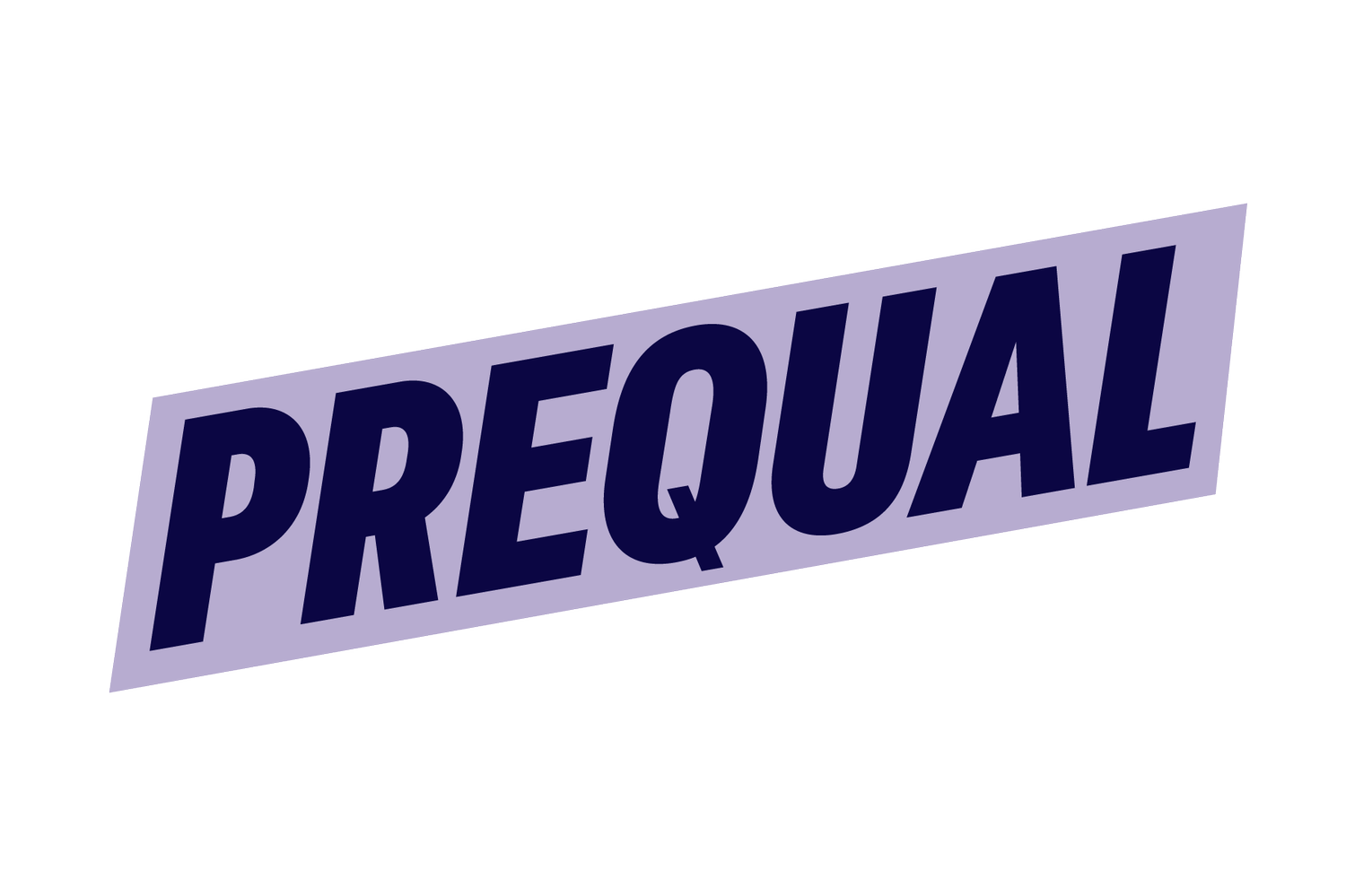Frideate – Kiwi Crate
My family has been subscribers to Kiwi Crate for a little over a year now and have utilized three different levels of their service – Panda (ages 0-24 months), Koala (ages 2-4), and the Kiwi Crate (ages 5-8.) The kids love getting their boxes in the mail, and the crates often help keep everyone busy. The Kiwi level does require parental assistance and has become a fun learning experience especially as a supplement to 2020 at-home learning. All the “toys” and products are high quality and include booklets with ideas of how to play, experiments, and the learning concepts covered in each crate.
Sandra Lin founded Kiwi Crate with the mission to inspire the next generation of innovators.
On their website, they share the methodology for a design/crate to come to fruition; the fact that the company invests over 1000 hours developing each crate and have created 1500 projects to date.
It appears they follow a design thinking process of innovation (oh hey, us too) and use real kid testers.
I believe in their product and hope they are around for a long time, innovating and inspiring.
Without further ado – 5 ideas for Kiwi Crate:
Organization tools or products: Each crate comes in a cardboard box with either the components of play or the materials to do a project/build something. There are two opportunities I see with this system. First, once a project is built, they rarely fit back in the box, which means complicated storage for odd, shaped projects. They are a bit fragile (as built by a preschooler), so you can’t just throw them in the toy box. Second, I also hold onto the boxes to keep the books, guides, and project ideas that accompany that particular kit. I save everything mostly because there are often extra materials, and it helps keep everything in one place if we need to fix something or want to revisit that particular lesson. I propose Kiwi sell or provide products to help customers organize – organize the booklets/project guides, extra materials, completed projects, and extra supplies. There must be a way to store and save, even display, all things Kiwi. Organizational products seem to be an easy revenue-generating stream while reducing some of the very few quips that I have about Kiwi.
Reduce packaging waste: There is a lot of packaging that comes with a crate. Individual plastic bags, packing materials, the boxes themselves, etc. Could there be any way to reduce this or utilize compostable packaging? With the number of crates going out, I would love to know how Kiwi focuses on sustainable efforts and frankly introduces and reinforces sustainability efforts at a young age. This seems to be an essential step for future innovators to understand and care about, and as a mom, I deeply care about it.
To that, a Kiwi Crate recycling program would be so very impressive. Much of the feedback in any of my mom’s online chat groups is that Kiwi, while well-intentioned, just becomes clutter around the house. Once built, kids do not often revisit the projects, and they are left to be broken and thrown away or simply just sitting around your house (in a very unorganized way, see idea number 1.) I can imagine a recycling program that could work in a hundred different ways with varying processes and incentives. What if kids could mail back the projects they have completed in exchange for points to spend in the Kiwi shop or discounts on future orders. What if the kits could somehow be passed forward to another kid to be built or played with? Could they be shared with preschools, hospitals, or other learning sites? What if the materials could be used to create something else entirely straight out of the child’s vision and imagination? Kiwi could then invite families to share their ideas on reusing the materials, even hosting contests for best recreations and inventions. I propose Kiwi pay serious attention to this and design a recycling program that works for their company, their customers, and the environment.
I would love a tool to track my child’s progress for the projects completed and the concepts learned. Tracking could be as simple as a poster to hang, notebook to fill in, or even an online recorder. The idea is driven by my desire as a mom (and sudden homeschool teacher) and seems like a straightforward tool to monetize and engage Kiwi Crate’s audience.
I appreciate these crates mostly for the reinforcement of STEM and scientific concepts. The Kiwi line has been beneficial at physically and tactile explaining and practicing lessons for our preschooler. Sadly, because most girls lose interest in STEM around the age of 15[1] that means that while my daughters are interested and excited and engaged in their crates now, there’s a likely chance they will lose interest. So, while it is not Kiwi Crate’s obligation to solve the problem of losing women in STEM, they have successfully engaged them early on, so I recommend that Kiwi develop a retention plan for girls. It would be beneficial not only for their brand and but also for the world. Imagine fully tapping into diverse thinking by retaining more of the population; imagine the real innovation that will follow.
So there you have it, five ideas for a brand we love and kits we use on the regular. Kiwi Crate, if you are listening, we all win if you adopt any of these ideas.
Prequal’s Frideate blog posts propose ideas and solutions for products and services we use and the companies we love. Our intention is that our own user insights may drive innovation, improvement, and revenue for these brands.
If you would like us to Frideate a brand or product in a future post, please email your suggestion to andrea@theprequal.com.


